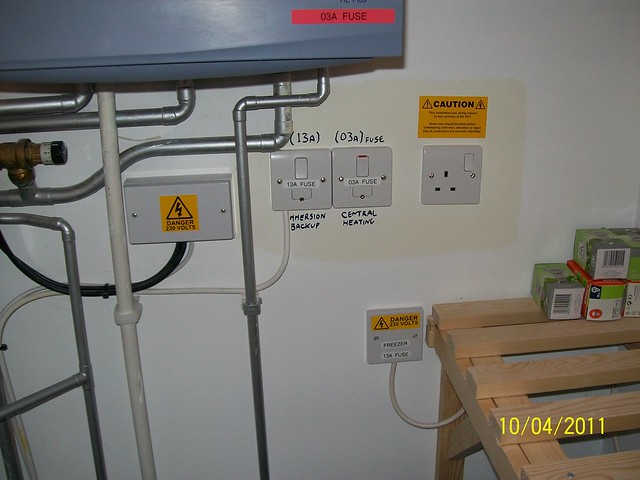I'm not getting into that one againBut it reminds us of the extra danger created by mixing colours, and therefore reminds us that if it's reasonable for you to use old colours to extend/modify an old installation it is a legal requirement to do so.
Kind Regards, John.


